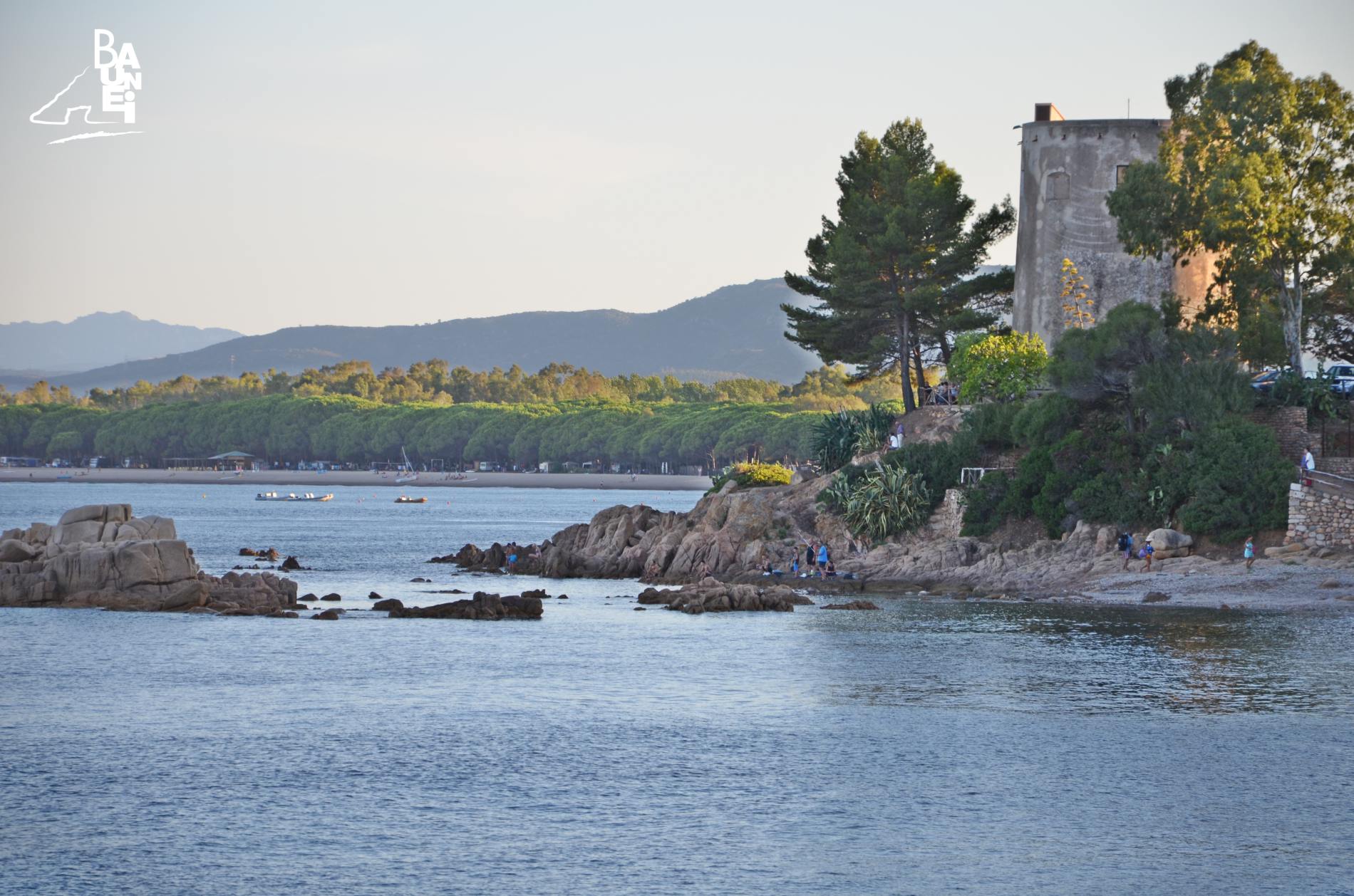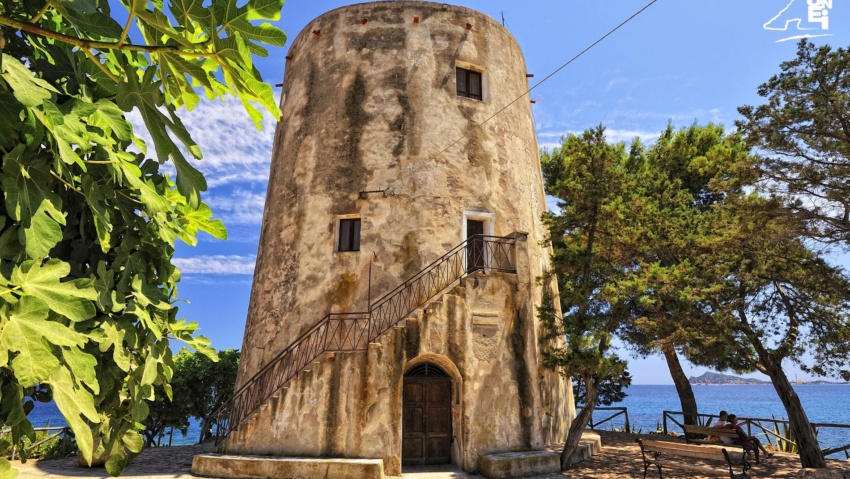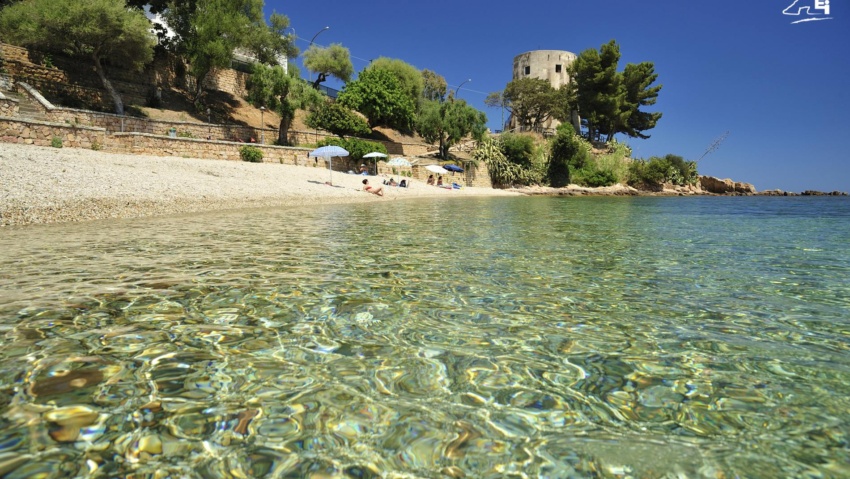The Beach Of San Giovanni
In Baunei and Santa Maria Navarrese, the beach between the Spanish Tower and the marina is called “Spiaggia di San Giovanni”(St. John’s beach). This pebble beach, a few hundred metres in length and flanked by a cane field that provides early afternoon shade during the hottest hours of the day, is characterised by a rocky bottom. The reason the beach was named after St. John is unknown, but it is known that there was a fresh water spring few metres from the beach (nowadays, the spring has been buried, following the construction of the touristic harbour) called “sa funtana de Santu Giuanni” in Sardinian. That this cove just north of the Spanish Tower was used by boats that sailed along the coast of Ogliastra for centuries is also confirmed by the fact that among the elders of Baunei, the beach is still known by the name “Portu Santu Giuanni”. In the past, the name probably referred mostly to another beach further north, which ended under the rocky promontory of “Sa Cadrea”, and stretched for about two hundred metres (to a bend where a clearing was once created to house the boatyards for the marina). In the “Geographical Description of Sardinia” by Giuseppe Cossu from Cagliari, published in Genoa in 1799, on the pages which outline the characteristics “of the Levante coast”, there is mention of “the little port of St. John with a circle of three small reefs, so that the tip of Santa Maria Navaresa (sic) is surrounded by rocks” (…). A few decades after Cossu’s description, Angius also defines the cove north of the tower as a “port” when describing the stretch of coast between Pedra Longa and the Spanish Tower: “Continuing southwards leads to the aforementioned pyramidal rock of Aguglia, then to the Moro-negro tip, where the Alpine protrusions have already gradually diminished and the marshlands begin. Pleasant places with verdant cliffs come into view and then onto the little port of San Giovanni; after which there is the tip of Santa Maria Navaresa surrounded by rocks, above whose cliffs stands the tower of the same name (…)”. The waters now incorporated by the harbour docks were once called “su mare de us Erissos” (“the sea of Erittu”) by the inhabitants of Santa Maria Navarrese because the cultivated land behind the beach belonged to the Erittu family.





